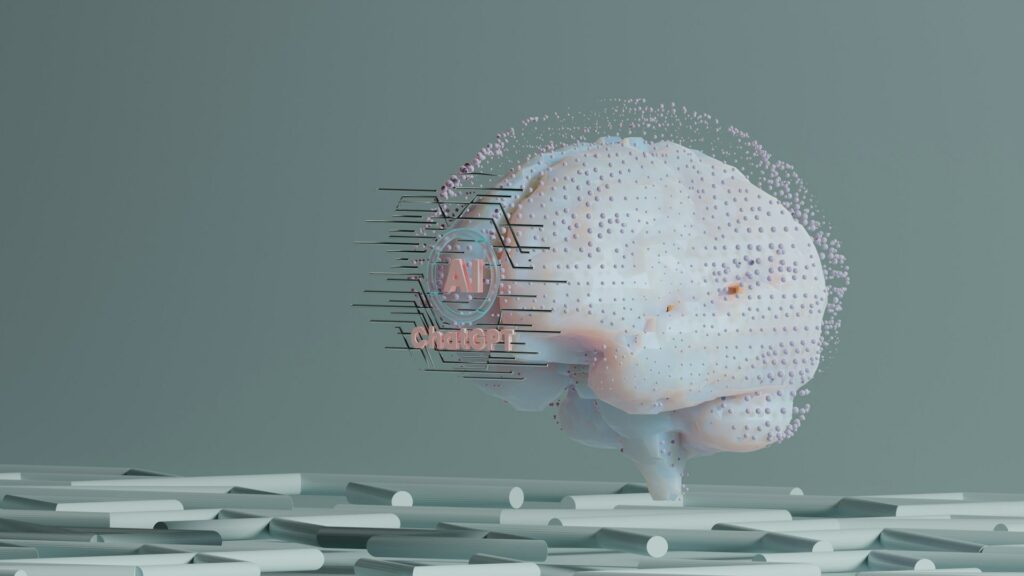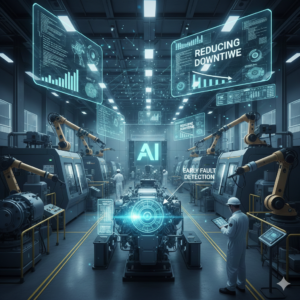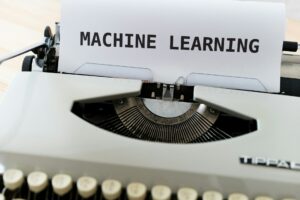The Problems and Possible Solutions Regarding Bias in Artificial Intelligence

The Problems and Possible Solutions Regarding Bias in Artificial Intelligence
The use of artificial intelligence (AI) is fast becoming an essential component of contemporary technology. It is the driving force behind a wide range of applications, including recommendation engines, employment platforms, medical diagnostics, and law enforcement tools. Artificial intelligence is only as good as the data and processes that develop it, despite the fact that its potential is vast. A hidden fault that may yield results that are unfair, incorrect, or even dangerous is known as bias, and it is one of the most significant concerns in the development of artificial intelligence today.
To construct systems that are ethical, trustworthy, and successful, it is essential to have a solid understanding of the origins of bias in artificial intelligence, the dangers it presents, and the methods that may be used to mitigate it.
Why Does Artificial Intelligence Have Bias?
When algorithms generate outputs that are consistently biased owing to assumptions made during the machine learning process, skewed datasets, or human interference, this is an example of bias on the part of artificial intelligence (AI). Bias, in contrast to random mistakes, often favors or disadvantages certain outcomes or groups of people at all times.
Just one example:
- Because the training data represents a history of male-dominated workforces, a recruiting algorithm may give preference to male applicants and give them more consideration.
- If it was predominantly trained on subjects with lighter skin tones, a facial recognition system may not perform well when applied to individuals with darker skin tones.
- Even while bias is not always deliberate, the consequences of it may be very destructive and far-reaching.
Bias in Artificial Intelligence and Its Aspects of Origin
Bias in artificial intelligence may originate from a number of interrelated causes, including:
1. Bias in the Data
The vast majority of AI systems are educated using traditional datasets. Any defects in the data, such as incompleteness, imbalance, or a reflection of existing disparities, will be replicated by the artificial intelligence. As an example, artificial intelligence (AI) medical systems that have been trained exclusively on data from Western populations may not perform well when it comes to identifying illnesses in other minority groups.
2. Bias in the Algorithmos
It is also possible for bias to result from the mathematical conception of algorithms. In the event that optimization strategies give priority to accuracy for the majority population, it is possible that minority groups may lose their representation.
3. Human bias in the design process
In the process of designing artificial intelligence, developers contribute their own preconceived notions and worldviews, which might inadvertently impact the results. There is the potential for bias to be introduced by the selection of which data to gather, which characteristics to highlight, and which objectives to prioritize.
4. Loops of Feedforward
AI systems that have an impact on behavior in the real world have the potential to propagate prejudice over time. As an example, predictive police systems may send additional patrols to districts that have previously been identified as having a high crime rate. This would result in an increased number of arrests in such areas, which would further skew future forecasts.
5. Consequences of Artificial Intelligence in the Real World
The hazards of bias in artificial intelligence are not theoretical; rather, they have a tangible impact on people’s lives in important areas:
- When it comes to employment, biased hiring tools might restrict chances for candidates who are older, women, or members of minority groups.
- Uneven diagnosis accuracy across different ethnicities might exacerbate existing health inequities in the healthcare system.
- There is a possibility that some groups may be denied loans due to the use of loan approval algorithms.
- Criminal justice: Risk assessment systems have the potential to incorrectly categorize persons, which may result in biased choices about punishment or parole.
- The use of recommendation algorithms in consumer goods may contribute to the perpetuation of stereotypes or the exclusion of underrepresented groups.
- Artificial intelligence that is biased may destroy trust, worsen inequality, and subject enterprises to legal and reputational issues if it is not addressed.
The Reasons Why It Is So Difficult to Completely Evaluate Bias
Taking into account the fact that no dataset or algorithm can ever be completely impartial is an essential acknowledgment. A certain amount of subjectivity is inherent to any human system, and since artificial intelligence is constructed by people, it will always reflect those shortcomings. In light of this, the objective is not to achieve complete absence of prejudice; rather, it is to lessen the negative effects of bias and to provide safeguards that encourage fairness and accountability.
Methods for Counteracting the Bias of Artificial Intelligence
1. Datasets that are both diverse and representative
Making ensuring that artificial intelligence systems are trained on varied datasets that are representative of all relevant groups is the most effective strategy to guarantee that bias is reduced. This necessitates making a concerted effort to acquire data that is inclusive and to conduct an audit of current information to identify any gaps or imbalances.
2. Testing and Auditing for Bias
Software is tested for flaws, and artificial intelligence systems should be evaluated for bias in the same way. Metrics for fairness may be used to determine whether or whether projections differ across different demographic groups, and audits conducted by third parties can give openness and accountability.
3. Explainable artificial intelligence (XAI)
a mystery box Hidden biases are more likely to be present in AI systems. Techniques of explainable artificial intelligence make it feasible to comprehend the process by which an algorithm arrived at a choice, which assists in recognizing and rectifying biased tendencies.
4. Frameworks for Ethical Artificial Intelligence
When it comes to the creation of artificial intelligence, organizations have to create ethical norms, which should include concepts of justice, accountability, and openness. It is possible to guarantee that diverse points of view are taken into consideration by establishing cross-functional ethics boards.
5. Control by Human Beings
In sensitive domains such as healthcare, law enforcement, and recruiting, artificial intelligence should not replace human judgment but rather supplement it. Human review offers an extra layer of protection against choices that are influenced by prejudice.
6. Ongoing and Constant Monitoring
However, bias is not a one-time issue; rather, it may develop over time as a result of the interaction of systems with fresh data. To ensure that artificial intelligence systems remain fair and relevant, continuous monitoring and upgrading are required.
Regarding the Function of Regulation and Policy
A growing number of governments and regulatory agencies are taking action to combat prejudice in artificial intelligence. The principles of justice, openness, and accountability are emphasized in frameworks such as the Artificial Intelligence Act of the European Union and guidance from organizations such as the IEEE and the OECD. It is anticipated that regulatory pressure will intensify, which will make the creation of ethical artificial intelligence not just a moral obligation but also a legal necessity.
Exemplifications of Bias in the Business World
- Artificial intelligence in healthcare: Businesses are working to provide inclusive training datasets in order to increase diagnosis accuracy across a wide range of demographics.
- Tools for Recruitment: Some platforms now anonymize resumes in order to lessen the likelihood of racial or gender prejudice.
- To guarantee that loan choices are made in a fair manner, financial institutions are conducting experiments using fairness-aware algorithms.
- These instances demonstrate that improvement is attainable when prejudice is actively confronted and handled in active ways.
The Prospects for Bias in Artificial Intelligence
The need for justice is only going to increase as artificial intelligence gets more firmly ingrained in society. Techniques such as federated learning, synthetic data creation, and fairness-aware algorithms are examples of recent developments that show promise for further reducing prejudice. On the other hand, technology by itself is not sufficient; it will be necessary for developers, ethicists, politicians, and communities that are impacted to participate in continuing cooperation.
Creating systems that are ethical, effective, and trustworthy is one of the most difficult difficulties that artificial intelligence (AI) faces. It has the potential to perpetuate existing disparities and weaken public faith in technology if it is not addressed. Nevertheless, it is feasible to reduce prejudice and make use of artificial intelligence for constructive purposes if conscious effort is taken, which includes the use of different datasets, openness, supervision, and regulation.
In the end, developing Artificial Intelligence that is fair is not just a technological issue, but also a social one. To address it, it is necessary to collaborate across different fields, sectors, and cultures in order to guarantee that artificial intelligence will be beneficial to everyone, not just a chosen few.




